
The Pennsylvania tree has a 20-foot diameter at chest height.

It had a large hollow inside.

Paige squirrels about inside the tree.

Next to the Pennsylvania Tree was an enormous fallen tree that has been cut into sections.

Looking down the rest of the log
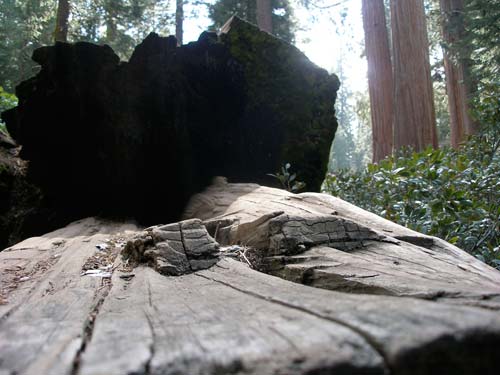

A twisted branch lies nearby as well.


Moss and mushrooms cover some bark.
The Michigan tree was once known as the Spring Tree because of a spring at its base. The same spring eventually undermined the tree, causing it to fall in 1931.

Paige gives us some scale.

We then attempted to walk along the North Grove Loop Trail, but somehow ended up on the North Boundary Trail. We wandered through tall forests and lush field, but unfortunately there were very few sequoia in this area. After feeling like we were completely lost for a while, we eventually emerged back on Highway 180 and were able to walk back to the cabin along the road.
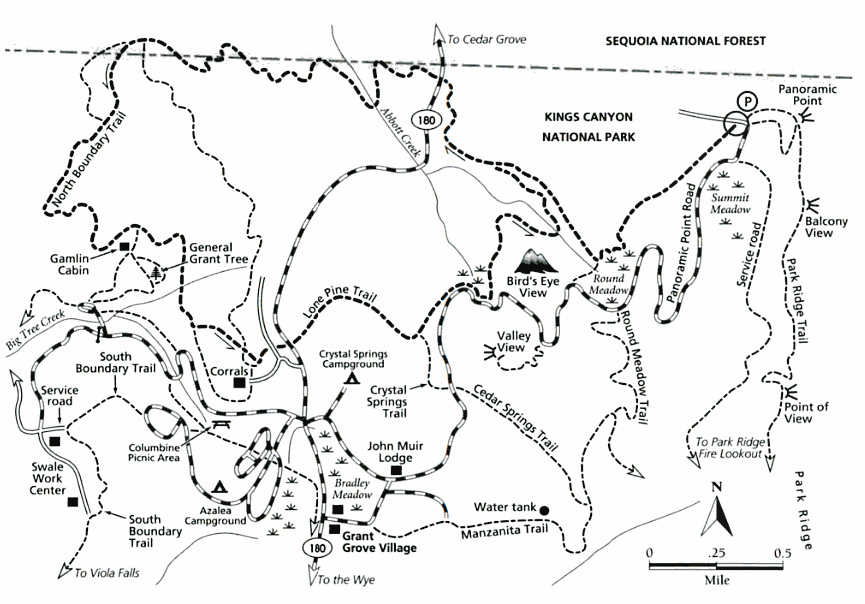
Hiking trails of the area (click to enlarge)


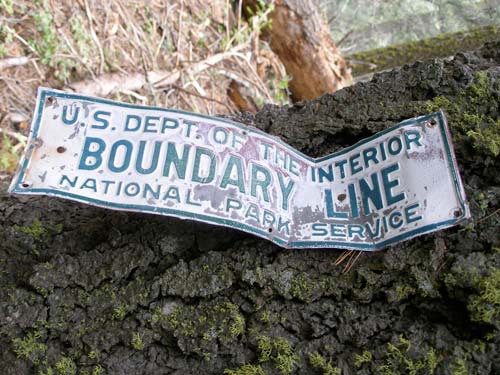
Apparently this is the boundary between Kings Canyon National Park (our side) and Sequoia National Forest.

The narrow trail cuts across a steep slope.

A gentle stream snakes its way through a meadow.

Aside from sequoias, the forests are also filled with a variety of other trees, including the Ponderosa Pine and Sugar Pine.

A mixture of pine cones
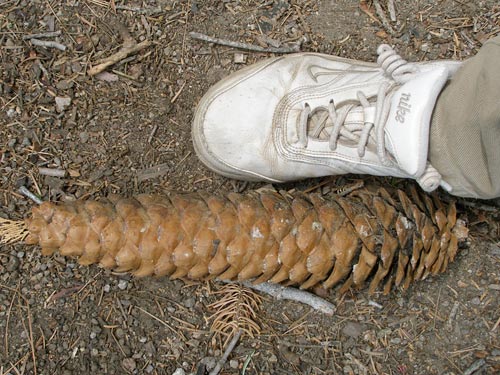
The Sugar Pine is notable for having the longest cones of any conifer (10 - 20 inches long).
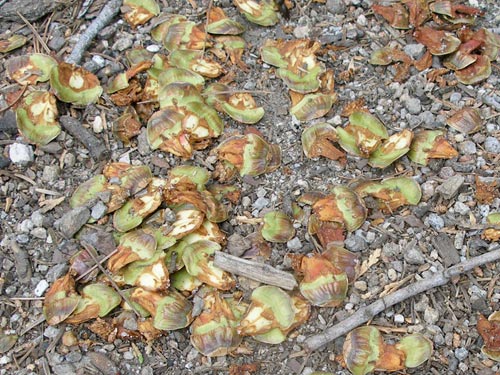
Squirrels like to eat the seeds... and are apparently quite messy about it!
Fire, through prescribed burns, helps the forest rejuvenate itself. The sequoia pine cones actually require fire in order to release their seeds. It also clears the area of debris, as well as other competing seedlings, which might prevent the seeds from sprouting.

Bark falls from a burned tree.

Some of the charred remains look like modern art sculptures.
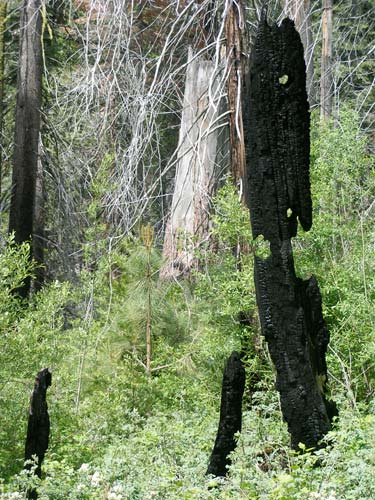

Burrned wood

We were once again watched by some wary Mule deer as well as some other critters.
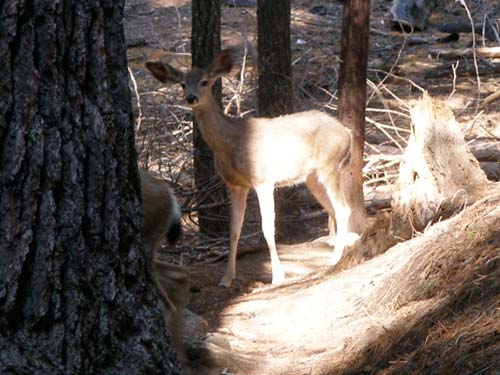

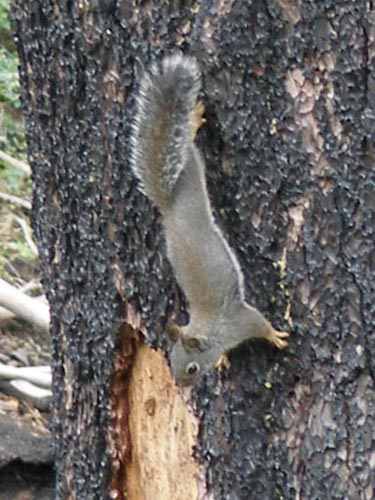
The Douglas Squirrel is a small, energetic pine squirrel. It is sometimes known as a Chickaree, but this name is also used for several other squirrel species as well. The Native Americans of this area called it the "Pillillooeet" (in imitation of its alarm call).

While the California ground squirrel looks a bit similar, it is much bigger and its coat is more textured with white.
The walk was filled with an assortment of flowers.

Mustang Clover is endemic to the woodlands of the Sierra Nevada foothills, meaning it is found only here and nowhere else in the world.

A Wild Iris enjoys a spot in the sun.
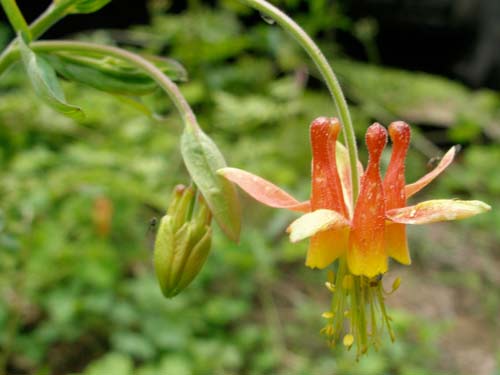
The Crimson, Western or Red Columbine prefers moist locations such as stream banks.

The Sierra Morning Glory does not climb as many other morning glories do.

Lovely shrubbery grows between the decomposing logs.

Snow Plant is a parasitic plant that gets its nutrients from the fungi on tree roots (the fungi are symbiotic parasites that help plants fix nitrogen from the atmosphere in exchange for nutrients from plant roots). The striking red flower gets its name from the fact that it can be seen pushing up through the snow.

This is very likely also a parasitic plant since it contains no green, which would imply it has no chlorophyll and can't make its own food.
Our squirrel was waiting for us back at cabin under the picnic bench. Fortunately it was a short walk to the parking lot where we had left the car.


